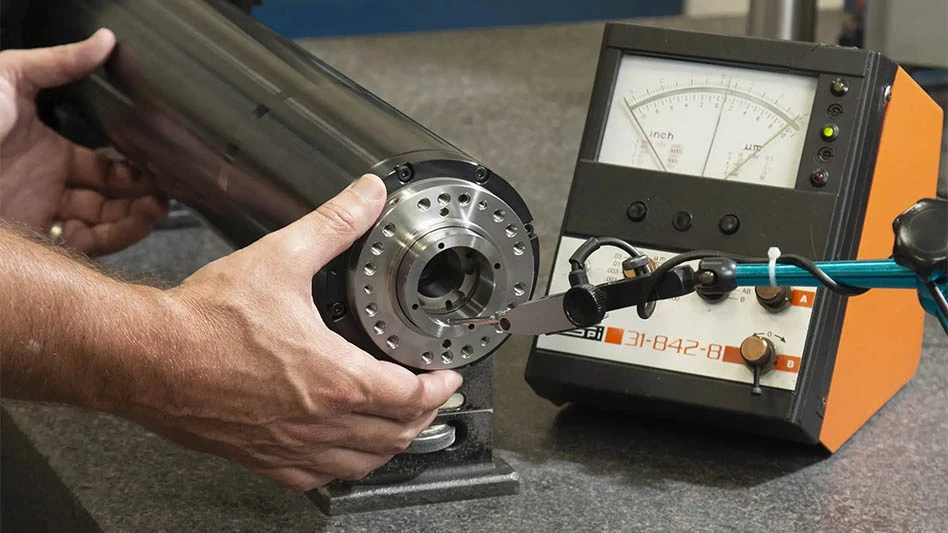
Photo: Jean-Philippe Richard, via Valdor Aircraft
After more than 6 years in development, Valdor Aircraft revealed that Transport Canada authorized the work required to modify the De Havilland Canada DHC-2 Beaver bush plane. This project is part of a sustainability initiative designed to extend the Beaver's lifespan by several decades. The Beaver aircraft is a mainstay of the Canadian aviation industry, having first flown in 1947, and is still used today on essential missions to remote areas.
“Maintaining radial engines that are nearing end-of-life has become increasingly more difficult. We worked with Pratt & Whitney Canada to retrofit the Beaver with a PT6A-34 to increase its reliability, durability, and performance,” said Gaétan Gilbert, president and senior director, Valdor Aircraft.
The Supplemental Type Certificate (STC) recently granted by Transport Canada allows for the replacement of the Beaver's original piston engines with high-performance turboprop engines from Pratt & Whitney Canada, along with the installation of BX wings, built entirely at the Val-d'Or plant in Quebec’s Abitibi-Témiscamingue region.
“We've been committed to this project since the very beginning and believe that it's one of the biggest aeronautical development projects for a small- to medium-sized company in Canada.” Gilbert explained.
The ambitious retrofit program meets Transport Canada's latest requirements, and to achieve this, many of the Beaver's original systems and features have been modified and upgraded.
“We're proud to be working with Valdor Aircraft on this important project, because together we're giving new life to a legacy aircraft. This year, Pratt & Whitney Canada's PT6 engine celebrates its 60th anniversary, and marks 500 million flight hours. Our know-how and, most of all, our determination to create a sustainable environment in which existing technologies are revisited, are helping to showcase not only our products, but also local companies,” adds Anthony Rossi, vice president of Global Sales and Marketing at Pratt & Whitney Canada.
“Working closely with Pratt & Whitney Canada to develop a sustainable solution for the future of these aircraft is extremely rewarding for our team,” Gilbert said.
With more than 64,000 PT6 engines produced since its introduction in 1963, it powers more than 155 different aviation applications. Today's PT6 engine is up to 4x more powerful, has a 50% improved power-to-weight ratio, and up to 20% better specific fuel consumption compared to the original engine, according to the manufacturer. The recently launched PT6 E-Series features a dual-channel integrated engine and propeller control.
Latest from Aerospace Manufacturing and Design
- JetZero all-wing airplane demonstrator achieves milestones
- Cermet indexable inserts for medium turning operations
- Trelleborg acquires Aero-Plastics
- Industrial automation products, enclosed encoders
- #61 - Manufacturing Matters: CMMC roll out: When do I need to comply?
- AIX shows aircraft interiors are a strategic priority for global airlines
- Machine Tool Builders Roundtable: Turn equipment into expertise
- No time to waste: How to machine MedTech parts more efficiently





